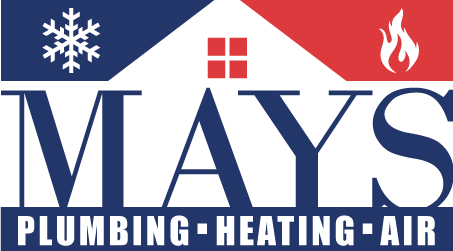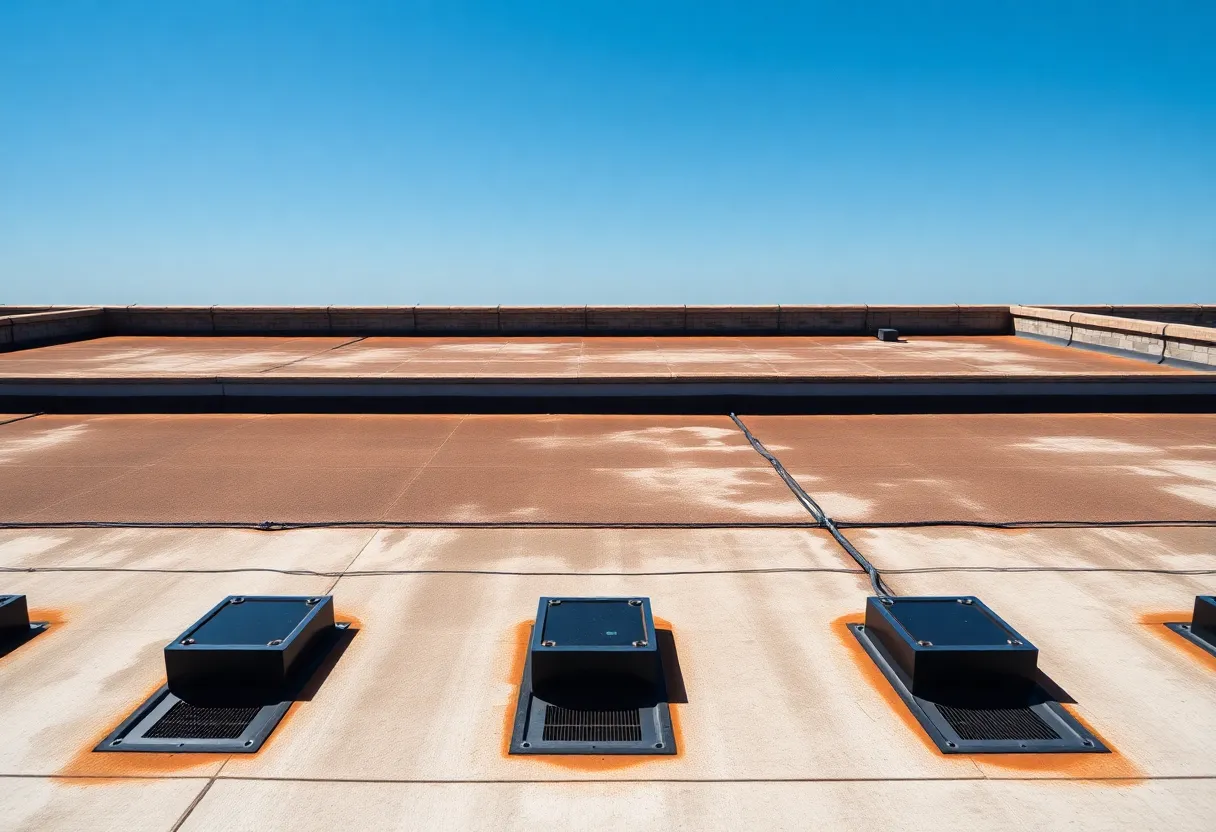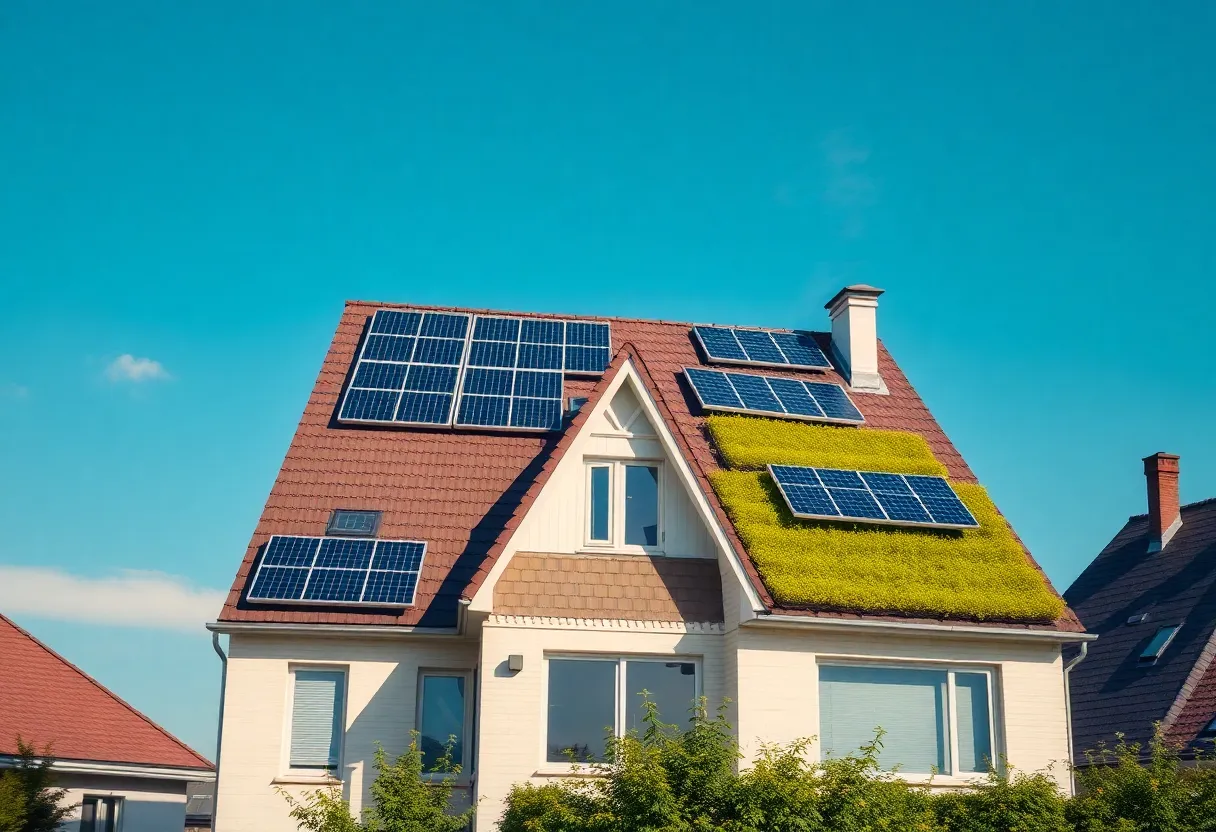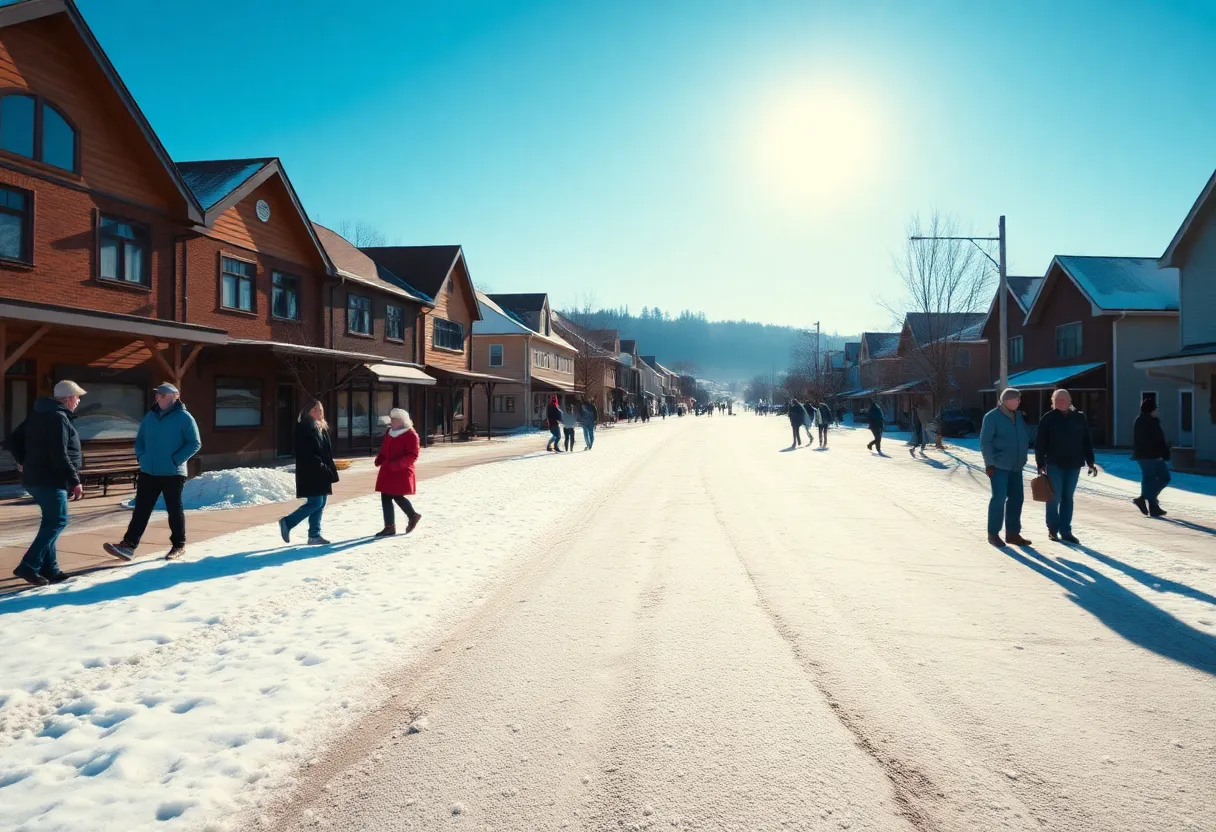What Are the Best Practices for Maintaining Flat Roofs?
Introduction to Flat Roof Maintenance
Flat roofs are a unique architectural choice preferred by many for their aesthetic appeal and practical applications. However, they require diligent maintenance to ensure longevity and functionality. Understanding the best practices for maintaining flat roofs is essential for homeowners and property managers alike. This article aims to present effective strategies for preserving the integrity of flat roofs and mitigating repair costs.
Regular Inspections
The Importance of Routine Check-Ups
Routine inspections play a crucial role in prolonging the lifespan of flat roofs. Conducting comprehensive checks biannually, ideally in spring and fall, can help identify potential issues before they escalate. During inspections, look for:
- Ponding water
- Cracks and blisters
- Debris accumulation
- Signs of wear on seams
Each of these issues can compromise the roof’s structure and potentially lead to costly leaks.
Signs to Watch For
During inspections, be vigilant for early warning signs, such as stains on the ceiling or walls inside the building. These can indicate underlying roof problems. Routine monitoring also allows for timely repairs, ensuring that minor issues do not develop into significant damages.
Cleaning and Clearing Debris
The Essentiality of a Clean Roof
Debris management is paramount for flat roof maintenance. Leaves, dirt, and other materials can trap moisture, leading to the deterioration of roofing materials. Regularly scheduled cleanings, ideally after heavy winds or storms, are essential.
Proper Debris Removal Techniques
When cleaning the roof, employ the following strategies:
- Use a soft broom to gently sweep away debris.
- Utilize a hose for water drainage without causing more pooling.
- Avoid stepping on the roof excessively; this can cause damage to the material.
Additionally, consider installing a roof drainage system to facilitate better water runoff and minimize debris accumulation.
Water Drainage Systems
Understanding Water Drainage
Flat roofs are susceptible to standing water, which can lead to leaks and structural damage. Proper water drainage systems are therefore essential. Install gutters and downspouts to direct rainwater away from the roof.
Effective Waterproofing Strategies
Evaluating and maintaining waterproofing is crucial. Consider using:
- Liquid-applied membranes
- Sheet membranes
- Modified bitumen
Regularly check the integrity of your waterproofing methods to ensure they are functioning correctly. Make repairs promptly to avoid leakage.
Addressing Ponding Water
Identifying Ponding Issues
Ponding water occurs when water accumulates in low areas of the roof, leading to potential leaks and structural erosion. It’s critical to identify and address these areas as part of your maintenance routine.
Solutions for Ponding Water
To manage ponding effectively:
- Ensure proper roof slope for drainage.
- Address blocked drains or scuppers.
- Consider installing roof crickets to redirect water.
Implementing these strategies can significantly reduce the risk of ponding.
Maintaining Roofing Materials
Inspecting for Damage
Understanding the roofing materials used is essential for proper maintenance. Every material, from EPDM to TPO, has specific care requirements. Regularly inspect for cracks, tears, or other damage.
Repairing vs. Replacing
Know when to repair and when to replace roofing materials. Small cracks or punctures may only need a patch, while extensive damage may require the full replacement of roofing sections.
Seasonal Maintenance Tasks
Pre-Winter Preparations
Before the winter season, it is crucial to undertake specific maintenance tasks:
- Clear debris from the roof and gutters.
- Check insulation for adequate coverage.
- Ensure all flashing and seals are intact.
These efforts will help prevent ice dams and leaks during colder months.
Post-Storm Inspections
Conducting inspections after major storms is equally important. Check for damage that may not have been present before the storm, such as loose tiles or damaged membranes.
Protection Against UV Damage
Understanding UV Effects
UV rays can degrade roofing materials over time. It is important to apply reflective coatings to help protect against sun damage and extend the life of the roof.
Choosing the Right Coating
Select coatings specifically designed for your roofing type. Reflective aluminum coatings, for example, can help reflect UV rays and reduce heat absorption.
Choosing Professional Services
When to Call an Expert
While some maintenance tasks can be performed by a property owner, others require professional expertise. Complex issues such as structural defects or significant water infiltration necessitate professional intervention.
Seeking Reliable Services
Look for roofing professionals with verifiable credentials, experience, and positive customer feedback. Engaging qualified experts can lead to effective solutions and peace of mind.
Documenting Maintenance Activities
Keeping Records
Maintain detailed records of all inspections, repairs, and maintenance activities. Documentation serves as a valuable reference for future maintenance or when negotiating warranties.
Benefits of Documentation
Records can help identify recurring issues, allowing for preventative measures in the future. They also provide proof of maintenance that can be beneficial for resale value or insurance claims.
Conclusion: Lasting Integrity for Flat Roofs
Maintaining flat roofs requires proactive management and regular attention. By following best practices such as routine inspections, debris management, water drainage strategies, and professional help when needed, property owners can ensure their roofs remain functional for years to come. Prioritize diligent care to avoid costly repairs and enhance the longevity of your flat roofing system.
Author: STAFF HERE NEWBERRY
The NEWBERRY STAFF WRITER represents the experienced team at HERENewberry.com, your go-to source for actionable local news and information in Newberry, Newberry County, and beyond. Specializing in "news you can use," we cover essential topics like product reviews for personal and business needs, local business directories, politics, real estate trends, neighborhood insights, and state news affecting the area—with deep expertise drawn from years of dedicated reporting and strong community input, including local press releases and business updates. We deliver top reporting on high-value events such as the Newberry Opera House performances, Newberry Arts Fest, and the Newberry County Fair. Our coverage extends to key organizations like the Newberry County Chamber of Commerce and the Newberry Museum, plus leading businesses in manufacturing and agriculture that power the local economy such as Amick Farms and Newberry Mills. As part of the broader HERE network, including HEREAiken.com, HEREBeaufort.com, HEREChapin.com, HERECharleston.com, HEREClinton.com, HEREColumbia.com, HEREGeorgetown.com, HEREGreenwood.com, HEREGreenville.com, HEREHiltonHead.com, HEREIrmo.com, HEREMyrtleBeach.com, HERENewberry.com, HERERockHill.com, and HERESpartanburg.com, we provide comprehensive, credible insights into South Carolina's dynamic landscape.




 Mays Contracting
Mays Contracting

